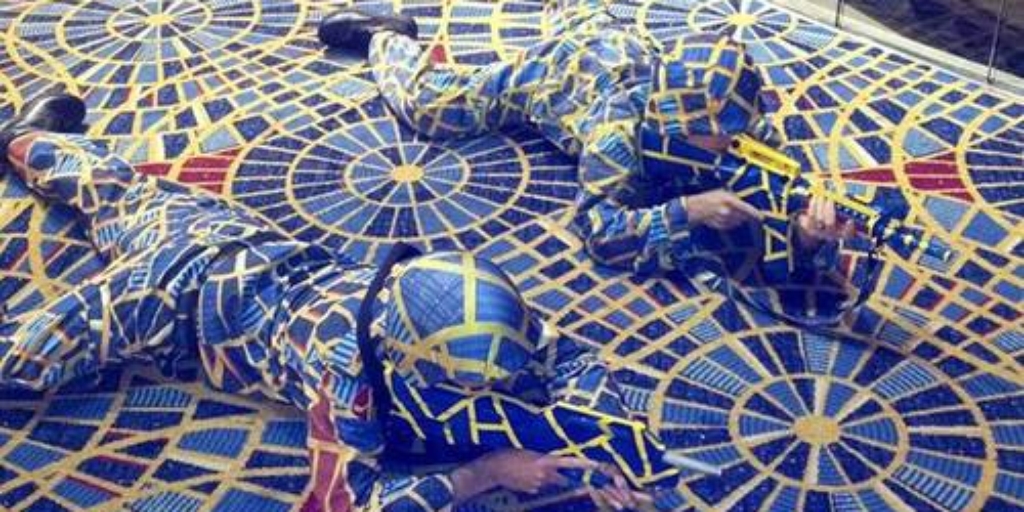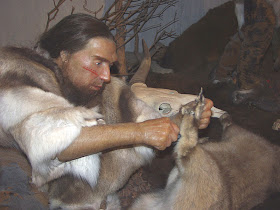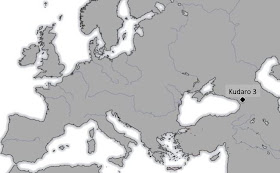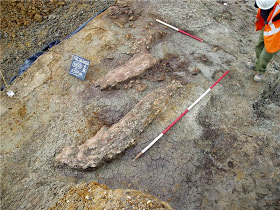The Taliban
kidnappers moved her to at least 13 homes, made her sleep on the
ground, and kept asking where she'd been, what she'd done and whom she
knew. Every few days, she would be given a chance to call her family.
Still, the militants would push her only so far — they knew they needed to keep their bargaining chip in good shape.
Fariba Ahmadi Kakar's four-week ordeal ended this month after the
Afghan government
gave in to her captors' demands to free some prisoners. In an interview
with The Associated Press, the 39-year-old Afghan lawmaker gave a rare
account of what it's like for a woman to be held captive by the Islamist
insurgents.
"I wasn't tortured. I wasn't under constant stress. But I wasn't free," Kakar said.
She's also lucky to be alive.
Since July, several prominent women have been attacked in
Afghanistan. Among them: two police officers who were killed in the
south, an Indian author living in eastern Afghanistan who was killed
years after her memoir about 1990s life under Taliban rule became a
Bollywood film; and a senator who was wounded in an ambush.
These and other attacks on female leaders in recent years have
generally been blamed on the Taliban, though the Afghan militant group,
mindful of cultural sensitivities, usually does not admit to targeting
women. The assaults have added to growing fears that what few gains
Afghan women have made since the U.S. toppled the
Taliban government in 2001 could be erased once American-led foreign troops finish withdrawing next year.
Being a woman in the public eye is a special challenge in
Afghanistan, where tribal and conservative Islamic mores have long
subjected women across the social spectrum to violence and
discrimination.
The spotlight can be a shield, making men think twice about
mistreating a woman and perhaps even guaranteeing that she'll be
assigned a bodyguard. At the same time, it can make a woman a more
attractive target for insurgents hoping to spread fear and weaken
confidence in the Afghan government.
Kakar is one of 69 female lawmakers in the 249-seat lower house of
parliament, and she's never been naive about the danger she and other
prominent Afghan women face. Still, her initial encounter with her
kidnappers was so swift and shocking it's still something of a blur
today.
Kakar, her four children, her bodyguard and her driver were traveling
from southern Kandahar province to Kabul, the Afghan capital, when a
handful of armed militants on motorbikes appeared ahead of them on the
outskirts of Ghazni city. The gunmen made the driver turn off the
highway onto a bumpy, dirt road that led to a small village.
The militants put the group in the home of an Afghan Taliban family,
separating the men from the women and saying little. Kakar, though,
quickly began pleading with the captors to free her three daughters and
son, ages 2 to 20.
She tried to calm her children but did not downplay what was
happening. "I told them, 'This is the situation in this country. I will
try to make sure you are safe,'" she said.
The Taliban fighters let her call her family. Within a couple of days
her children were released to her mother and brother. Kakar, though,
was shifted from place to place and kept separate from her driver and
bodyguard.
Just days before the kidnapping, a fellow female legislator was
wounded in an ambush by suspected Taliban gunmen not far from where
Kakar was seized. Sen. Rouh Gul Khairzad's young daughter was killed, as
was a bodyguard, while other family members also were wounded.
The militants who kidnapped Kakar had a different goal: They wanted the
government to release some prisoners, and Kakar was their leverage.
In recounting her ordeal, Kakar wavered from calm to anger to
wariness, and wouldn't always delve into details. At times she looked
faint, but then she'd break into a sudden grin. When asked what she did
all day in the various homes in which she was held captive, she smirked
and said, "Nothing!"
She had only a vague idea of what was happening between her captors and authorities seeking to free her.
Kakar had a couple of female minders, whom she called "the doctor's
mother" and "Zolaikha," but she wouldn't go into specifics about them.
She said, however, that most of the women she encountered would tell
her, "We have no power or authority to talk to you."
The men, like many Taliban, were hard-line Muslims who tried to avoid
interacting with women outside their families. They would tell her
their commanders were dealing with the details of her case.
Now and then, Kakar would be interrogated by the militants — usually
three or four of them, and they didn't hide their faces. They'd ask her
questions about her travels, her political activities and if she had met
President Hamid Karzai. Nonetheless, they always treated her with "full
respect," she said, even cutting short the questioning if they saw she
was getting tired.
Kakar leads a privileged life compared to most Afghans, and she was
deeply troubled by the poverty and ignorance around her. There were no
beds to sleep on, the food was often "inedible," and there was no sense
of any government presence. When she needed medicine, she'd give the
militants some of her own money so they could buy it for her.
"The people in these villages don't even know what vaccines are,"
said Kakar, a former development worker whose constituency is in
Kandahar city.
In early September, the captors told Kakar it would be just days
before she'd be free. That same week, militants dragged Indian author
Sushmita Banerjee out of the home she shared with her Afghan husband in
eastern Afghanistan and fatally shot her. Banerjee's 1990s tale of life
under the Taliban was the basis for the 2003 movie "Escape from
Taliban."
Kakar was freed Sept. 7. Her bodyguard and driver were released
separately. But there are conflicting accounts about whom the government
freed in exchange.
Zholina Faizi, secretary of the Ghazni provincial council and one of
the few in the government willing to discuss the matter, told the AP
that seven male insurgents and one woman were released.
But
the Taliban,
in a statement announcing Kakar's release, said the prisoners were
"four innocent women and two children." The militants also emphasized
they had treated Kakar "in a very Islamic and humane way."
Kakar said
government officials told her four women and 10 children from
Taliban
families were let go, including babies born in prison. She said she was
told the women's husbands made them transport explosive materials, but
that the women were unaware what it was they were carrying and were
taken into custody.
The ordeal has left Kakar even more determined to pursue her
political activism, especially in light of next year's presidential
election, which she says will be a "lie" when so many Afghans lack
access to government services or basic information.
"I am even braver than before," she said. "I will defend Afghanistan, especially the women, until the last drop of my blood."
As Kakar spoke, the news was rapidly spreading that suspected Taliban
gunmen in southern Helmand province had shot and killed one of
Afghanistan's top policewomen, some two months after a fellow female
officer was slain.














 (Photo: Winfield Parks/National Geographic)
(Photo: Winfield Parks/National Geographic)















